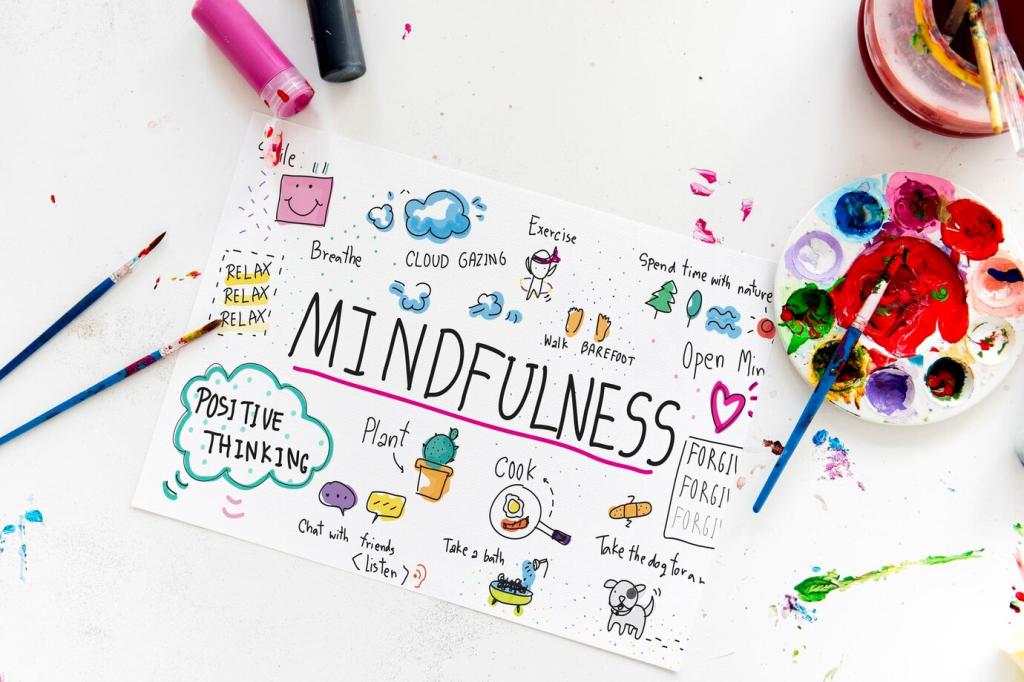Why Guided Visualization Works
Mental imagery recruits many of the same neural pathways used during real action, priming attention, motivation, and behavior. Rehearsing calmly in your mind can help your body remember, respond more smoothly, and recover equilibrium under pressure.
Why Guided Visualization Works
Slow, steady breathing and relaxed posture signal safety to the nervous system, making images feel more vivid and believable. When your body whispers, I am safe, your mind becomes more receptive to guided narratives and supportive suggestions.







